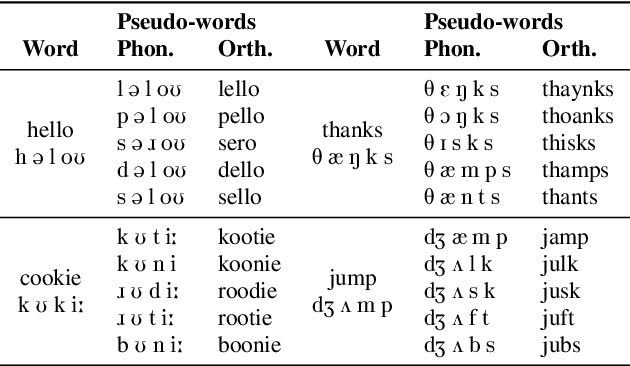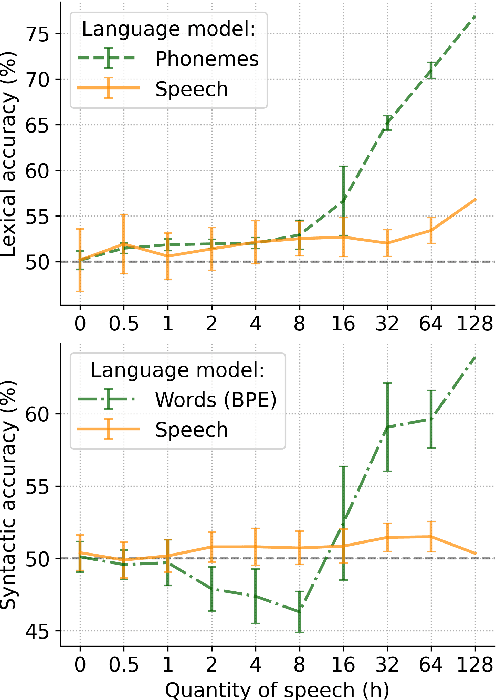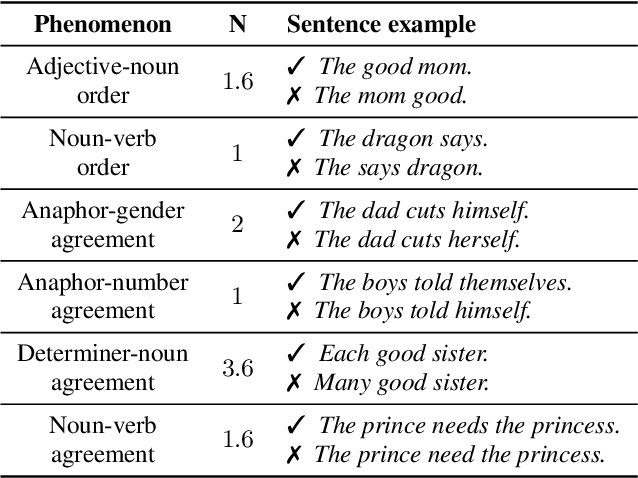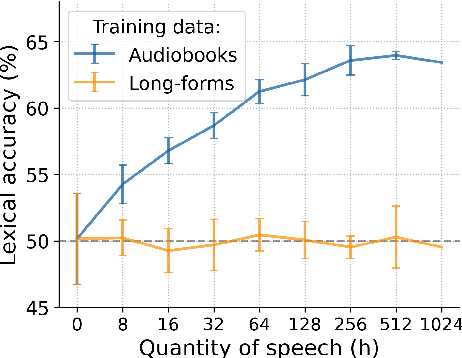Yaya Sy
The Lucie-7B LLM and the Lucie Training Dataset: Open resources for multilingual language generation
Mar 15, 2025Abstract:We present both the Lucie Training Dataset and the Lucie-7B foundation model. The Lucie Training Dataset is a multilingual collection of textual corpora centered around French and designed to offset anglo-centric biases found in many datasets for large language model pretraining. Its French data is pulled not only from traditional web sources, but also from French cultural heritage documents, filling an important gap in modern datasets. Beyond French, which makes up the largest share of the data, we added documents to support several other European languages, including English, Spanish, German, and Italian. Apart from its value as a resource for French language and culture, an important feature of this dataset is that it prioritizes data rights by minimizing copyrighted material. In addition, building on the philosophy of past open projects, it is redistributed in the form used for training and its processing is described on Hugging Face and GitHub. The Lucie-7B foundation model is trained on equal amounts of data in French and English -- roughly 33% each -- in an effort to better represent cultural aspects of French-speaking communities. We also describe two instruction fine-tuned models, Lucie-7B-Instruct-v1.1 and Lucie-7B-Instruct-human-data, which we release as demonstrations of Lucie-7B in use. These models achieve promising results compared to state-of-the-art models, demonstrating that an open approach prioritizing data rights can still deliver strong performance. We see these models as an initial step toward developing more performant, aligned models in the near future. Model weights for Lucie-7B and the Lucie instruct models, along with intermediate checkpoints for the former, are published on Hugging Face, while model training and data preparation code is available on GitHub. This makes Lucie-7B one of the first OSI compliant language models according to the new OSI definition.
Lillama: Large Language Models Compression via Low-Rank Feature Distillation
Dec 28, 2024



Abstract:Current LLM structured pruning methods typically involve two steps: (1) compression with calibration data and (2) costly continued pretraining on billions of tokens to recover lost performance. This second step is necessary as the first significantly impacts model accuracy. Prior research suggests pretrained Transformer weights aren't inherently low-rank, unlike their activations, which may explain this drop. Based on this observation, we propose Lillama, a compression method that locally distills activations with low-rank weights. Using SVD for initialization and a joint loss combining teacher and student activations, we accelerate convergence and reduce memory use with local gradient updates. Lillama compresses Mixtral-8x7B within minutes on a single A100 GPU, removing 10 billion parameters while retaining over 95% of its original performance. Phi-2 3B can be compressed by 40% with just 13 million calibration tokens, resulting in a small model that competes with recent models of similar size. The method generalizes well to non-transformer architectures, compressing Mamba-3B by 20% while maintaining 99% performance.
Large Language Models Compression via Low-Rank Feature Distillation
Dec 21, 2024



Abstract:Current LLM structured pruning methods involve two steps: (1) compressing with calibration data and (2) continued pretraining on billions of tokens to recover the lost performance. This costly second step is needed as the first step significantly impacts performance. Previous studies have found that pretrained Transformer weights aren't inherently low-rank, unlike their activations, which may explain this performance drop. Based on this observation, we introduce a one-shot compression method that locally distills low-rank weights. We accelerate convergence by initializing the low-rank weights with SVD and using a joint loss that combines teacher and student activations. We reduce memory requirements by applying local gradient updates only. Our approach can compress Mixtral-8x7B within minutes on a single A100 GPU, removing 10 billion parameters while maintaining over 95% of the original performance. Phi-2 3B can be compressed by 40% using only 13 million calibration tokens into a small model that competes with recent models of similar size. We show our method generalizes well to non-transformer architectures: Mamba-3B can be compressed by 20% while maintaining 99% of its performance.
BabySLM: language-acquisition-friendly benchmark of self-supervised spoken language models
Jun 08, 2023



Abstract:Self-supervised techniques for learning speech representations have been shown to develop linguistic competence from exposure to speech without the need for human labels. In order to fully realize the potential of these approaches and further our understanding of how infants learn language, simulations must closely emulate real-life situations by training on developmentally plausible corpora and benchmarking against appropriate test sets. To this end, we propose a language-acquisition-friendly benchmark to probe spoken language models at the lexical and syntactic levels, both of which are compatible with the vocabulary typical of children's language experiences. This paper introduces the benchmark and summarizes a range of experiments showing its usefulness. In addition, we highlight two exciting challenges that need to be addressed for further progress: bridging the gap between text and speech and between clean speech and in-the-wild speech.
 Add to Chrome
Add to Chrome Add to Firefox
Add to Firefox Add to Edge
Add to Edge